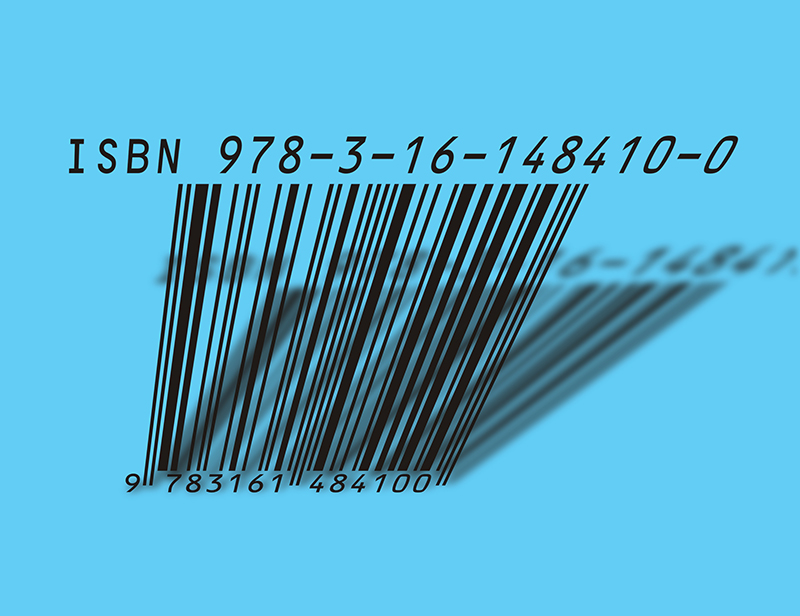ISBN & Barcodes
ISBN stands for International Standard Book Number. It is a 13-digit number that’s used as a unique identifier for books. ISBN is used internationally.
We need them to identify each book that is published, and each edition of the same book. ISBN also identifies the publisher of the book. It is the standard ID number used to identify books by booksellers, libraries, book wholesalers and distributors.
If you plan to sell your book in bookstores, to libraries, or through online retailers like Amazon, you will need an ISBN. You do not have to have one.
ISBNs are issued to publishers, who then assign them to individual books. This can be done at any time, even before the book is written.
The bar code is a representation of the ISBN in a form that can be identified by scanners. The bar code might also have other information embedded in it, like the price of the book and the currency in which it is priced.
Only if you plan to sell your book in bookstores. If you only plan to sell online, or privately like at speaking engagements, you don’t need a bar code. Many publishers put them on their books anyway.
No, ISBN is administered by a private company for the use of the international book trade.
A self-publisher is still a publisher, so yes, you just apply for an ISBN like anyone else.
Go to Nielsen UK ISBN Agency, the ISBN website run by Nielson, which is the only company authorized to administer the ISBN program in the UK.
The least economical choice is to buy 1 ISBN. If you ever publish another edition of your book, or another book entirely, you will need more than one ISBN. I suggest you buy the 10 pack.
No, sorry, once assigned to a book, an ISBN can never be reused.
You’ll print it on the copyright page, and it’s included in the Cataloging-in-Publication data block, if you use one. Otherwise, just print it on the copyright page and, of course, on the back cover as part of the bar code.
This is a matter of some discussion at the moment, since there are more and more electronic formats. The policy of assigning a separate ISBN to each and every edition is under review. Check for more info.
You need a separate ISBN for each edition, to identify them for everyone who might want to find them in directories, catalogs and databases.
If you only correct typographical errors, and don’t make any substantial changes to the text, you don’t need a new ISBN because it’s considered a reprint. A new edition would contain substantially new material, a major revision, or the addition of completely new elements. Anything that makes it a new book is likely to create a new edition and, therefore, need a new ISBN.
You can continue to use the same ISBN, since the text has not changed.
Getting the ISBN for your new publishing company is a necessary step to becoming a publisher and getting your book into print correctly. It’s not difficult once you understand how to do it.

